- Kenmore refrigerator water filters
- Whirlpool refrigerator water filters
- Samsung refrigerator water filters
- GE refrigerator water filters
- LG refrigerator water filters
- Frigidaire refrigerator water filters
- KitchenAid refrigerator water filters
- Maytag refrigerator water filters
- Kenmore Elite refrigerator water filters
- Estate refrigerator water filters
- GE Profile refrigerator water filters
- Amana refrigerator water filters
- Bosch refrigerator water filters
- Dacor refrigerator water filters
- Electrolux refrigerator water filters
How to replace a lawn mower recoil starter on an OHV engine

The step-by-step instructions in this lawn mower repair guide explain how to replace a recoil starter on a lawn mower that has an overhead valve (OHV) engine. If recoil starter rope doesn't retract, it's likely the recoil spring is broken. Replacing just the spring is difficult; the best way to repair a recoil starter is to replace the entire assembly with a manufacturer-approved replacement part.
This repair procedure works for replacing the recoil starter on common Briggs & Stratton OHV engines that power Craftsman, MTD, Husqvarna, Cub Cadet, Toro, Troybilt, Snapper, Murray and Ariens walk-behind lawn mowers.
If you have an older lawn mower model with a flathead engine, see How to Replace a Lawn Mower Recoil Starter on a Flathead Engine.
Quick links
Video
Instructions
Tools required
Nut driver set
Slot screwdriver
Work gloves
Repair difficulty
Time required
15 minutes or less
Repair difficulty
Time required
15 minutes or less
Replacing a recoil starter on a lawn mower OHV engine
This video explains how to replace the recoil starter on a walk-behind engine with an OHV engine.
Instructions
- 02.
Disconnect the spark plug wire
Wear work gloves to protect your hands.
Disconnect the spark plug wire from the spark plug.
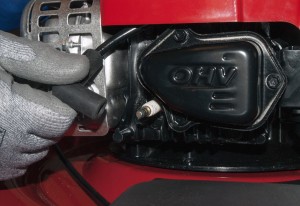
PHOTO: Disconnect the spark plug.
- 02.
Remove the blower housing
Release the starter rope from the lawn mower handle.
Remove the screws from the blower housing.
Pull the blower housing off the engine.
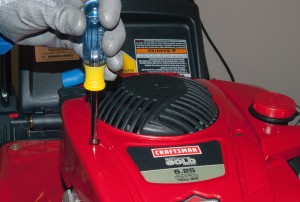
PHOTO: Remove the blower housing screws.
- 03.
Remove the recoil starter
Snap the recoil starter guard out of the blower housing retainer clips and remove the recoil starter guard.
Release the recoil starter from the blower housing retainer clips and remove the recoil starter from the blower housing.
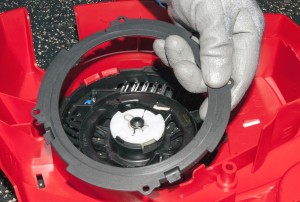
PHOTO: Remove the recoil starter guard.
- 04.
Install the new recoil starter
Position the new recoil starter in the blower housing and snap recoil starter into the blower housing retainer clips.
Reinstall the recoil starter guard by snapping it into the blower housing retainer clips.
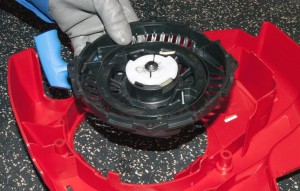
PHOTO: Install the new recoil starter.
- 05.
Reinstall the blower housing
Position the blower housing on the top of the engine and line up the mounting holes.
Reinstall the mounting screws.
Reconnect the starter rope to the mower handle.
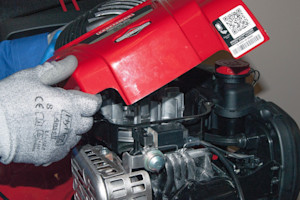
PHOTO: Reinstall the blower housing.
- 06.
Reconnect the spark plug wire
Connect the spark plug wire to the spark plug.
Warning: Undertaking repairs or maintenance to appliances or power equipment can be hazardous. Should you choose to undertake repairs or maintenance, you are assuming the risk of injury to your person or property. In an effort to reduce the risk, use the proper tools and safety equipment noted in the applicable guide and follow all instructions. Do not proceed until you are confident that you understand all of the steps and are capable of completing the repair. Some repairs or maintenance, however, should only be performed by a qualified technician.
Symptoms for gas walk-behind mowers
Choose a symptom to see related walk-behind mower repairs.
Main causes: drive control cable failure, worn or broken drive belt, bad transmission, broken drive wheel…
Main causes: engine needs tune up, dirty or clogged carburetor, damaged flywheel key…
Main causes: dirty carburetor, bad spark plug, clogged air filter, engine choke problems, clogged gas cap vent…
Main causes: damaged cutting blade, loose cutting blade, damaged flywheel key, engine needs tune up…
Main causes: stale gas, engine needs tune up, bad spark plug, dead battery, bad recoil starter, faulty safety switch, ba…
Main causes: uneven wheel height settings, damaged wheel, dull or damaged cutting blade…
Repair guides for gas walk-behind mowers
These step-by-step repair guides will help you safely fix what’s broken on your walk-behind lawn mower.
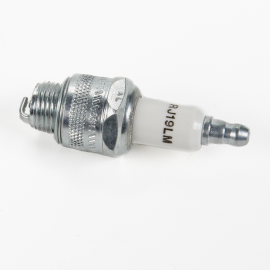
How to replace a lawn mower spark plug
Take a few minutes to replace the spark plug during your lawn mower's annual tune-up or if the spark plug is burnt or cr…
Repair difficulty
Time required
15 minutes or less
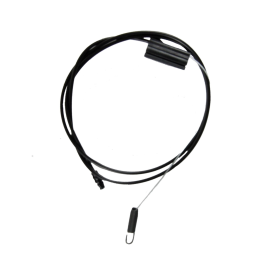
How to replace a lawn mower drive cable
The drive cable engages the transmission to spin the drive wheels and move the mower across the grass. Replace the drive…
Repair difficulty
Time required
60 minutes or less
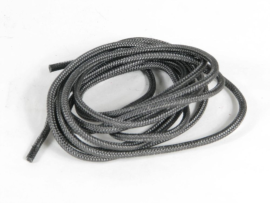
How to replace a lawn mower starter rope
These step-by-step instructions show how to replace a broken starter pull rope on a walk-behind lawn mower.…
Repair difficulty
Time required
30 minutes or less
Effective articles & videos to help repair your walk-behind mowers
Use the advice and tips in these articles and videos to get the most out of your walk-behind lawn mower.

Wondering when to mow your lawn for the best results? Timing matters more than you might think. Discover the best time o…
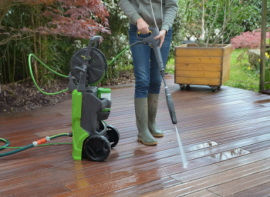
Learn about the top 10 must-have electric lawn & garden tools for 2023…

Learn about all the convenient features on our Sears PartsDirect website that make your parts purchases easier.…